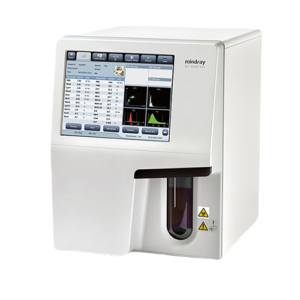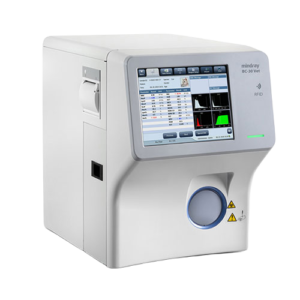With the deepening of the concept of animal health, people pay more attention to their pet’s health, and veterinarians have higher requirements for diagnostic equipment. The veterinary hematology analyzer, as one of the core equipment in the laboratory department, is assuming greater responsibility.

According to the characteristics of veterinary hematology analysis, Animal Medical insists on taking technological innovation as the basis, taking customer needs as the goal, and taking the clinical characteristics of animals as guidance. Now, we have developed hematology analyzer products that are suitable for animals, and we have become a pioneer in the field of a new generation of hematology analyzers.

SF-Cube Veterinary Hematology Analysis Platform


3D Cube Analysis Technology Combining Scattered Light and Fluorescence Dyeing
- S-Scatter: forward laser scatter and side laser scatter to detect the size and complexity of cells
- F-Fluorescence: side laser scatter fluorescence detection of nucleic acid content in cells
- Cube-3D cubic analysis technique combining both scattered light and fluorescence.
This analysis technology platform dedicates to veterinary needs. BC-60R Vet is based on 3D analysis technology, improves the accuracy of leukocyte classification, and can find more abnormal cells (i.e., Band, nucleated red blood cells), providing more reference value for clinical practice.


Better Differentiation of Lymphocyte and Neutrophil
By using the traditional dyeing technology, it is challenging to distinguish Lymphocyte cells from Neutrophil, resulting in the abnormal differentiation of leukocytes. The 3rd generation of dyeing technology is better at differentiating Lymphocyte and Neutrophil and it can recognize and classify the leukocytes more accurately.

Reticulocyte More Accurate
In distinguishing the type anemia and the degree of anemia, reticulation is a very important parameter. The 1st generation dyeing technology has limitations in specificity and anti-interference ability, which affects the accuracy of test results of abnormal samples and is not conducive to the clinical diagnosis and treatment of animals.

Good Anti-interference
after combining nucleic acid, the excitation light wavelength is 650nm, which avoids the interference of endogenous substances in organisms and fluorescent molecular signals of drugs.

Good specificity
by introducing substituents or fluorophores to adjust the spectrum, membrane permeability, selective subcellular localization, and large steric hindrance groups to prevent base insertion and binding, the recognition ability of RET fluorescent dyes to RNA is greatly improved, and its response to DNA is reduced, so that the detection accuracy of RET is greatly enhanced.

High sensitivity optical detection system and a new high-specific fluorescent dye could significantly improve the performance of RET channel detection.

“Creation and application of fluorescent imaging dyes for blood cells”
Won the second prize of the National Technology Invention Awards in 2020
New Generation Design Concept: Easy to Operate and More User-Friendly



